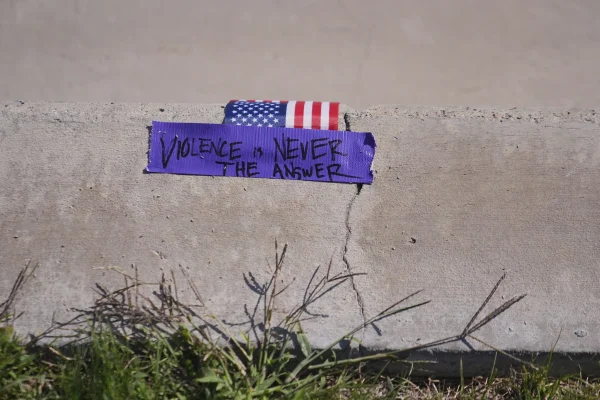Post traumatic strike syndrome
We’re a week into classes, and thankfully the college equivalent of the “Who is your daddy and what does he do,” discussion is out of the way.
Some classes still had the typical introductory ice breaker, while others felt more like grievance counseling.
In an e-mail, the faculty union advised our educators to open classes with a question and answer forum to clear up any confusion about the events of the last week: the bargaining, cancellation of classes, picketing and the temporary agreements settled on.
“Make an introductory comment to welcome the students back,” is the first suggestion. For instance, “Welcome back. I’m happy to be in the classroom with you.”
It prepared faculty for students who were in support of the job action as well as students who were in opposition, and suggested responses.
“Plan to listen to students’ comments, without feeling like you need to respond to everything.”
Most dealt with students who didn’t agree with the job action. Assuming the student could figure out that despite varied terminology — depending on whose materials they were reading — it all meant the same thing.
Flyers passed out by picketers said “job action,” and one showing the percentage of salary increases was titled “news.” The university said the professors were engaging in “illegal actions” in an e-mail to students.
While The Post and most other news organizations that reported on the topic did their best to publish unbiased facts, we will be the first ones to admit that not everybody seeks out independent, credible sources of information. Especially when related information is handed through a car window or sent directly to student web-mail.
The reason there was a need for such a discussion on the first day of class was the representation of propaganda as news in the communications to students from both sides of the negotiation table.
It’s not that OU students are lacking the ability to comprehend the magnitude and consequences of what happened. It’s that when two sides of an argument present competing information with loaded words, it’s a given that there is going to be confusion, emotion and some sort of formed opinion in the process.
In an e-mail from OU’s marketing team, which usually transmits press releases, the university told only its own side of the story of how the two bargaining teams ended up in Oakland County Circuit Court.
“The union bargaining team ignored Judge [Edward] Sosnick’s order and walked out of a bargaining session that university officials hoped would bring an end to the faculty’s illegal strike.”
The presumed press release did not mention the reasoning for the union’s frustration. Which according to the union, was that OU wasn’t willing to compromise.
Unfortunately, we will never really know for sure what happened, because the two sides don’t seem to have an alibi that checks out with each other.
As a news organization, we were pleasantly surprised at how informed the student body was on the subject that first day of class. Surprised because the administration isn’t typically an interesting topic of conversation over Caribou and garlic knots. While what they do is important, it’s not always relatable.
So OU, the next time the administration does something that actually interests students, don’t speak in tongue just to suit your agenda. Your agenda is students.







